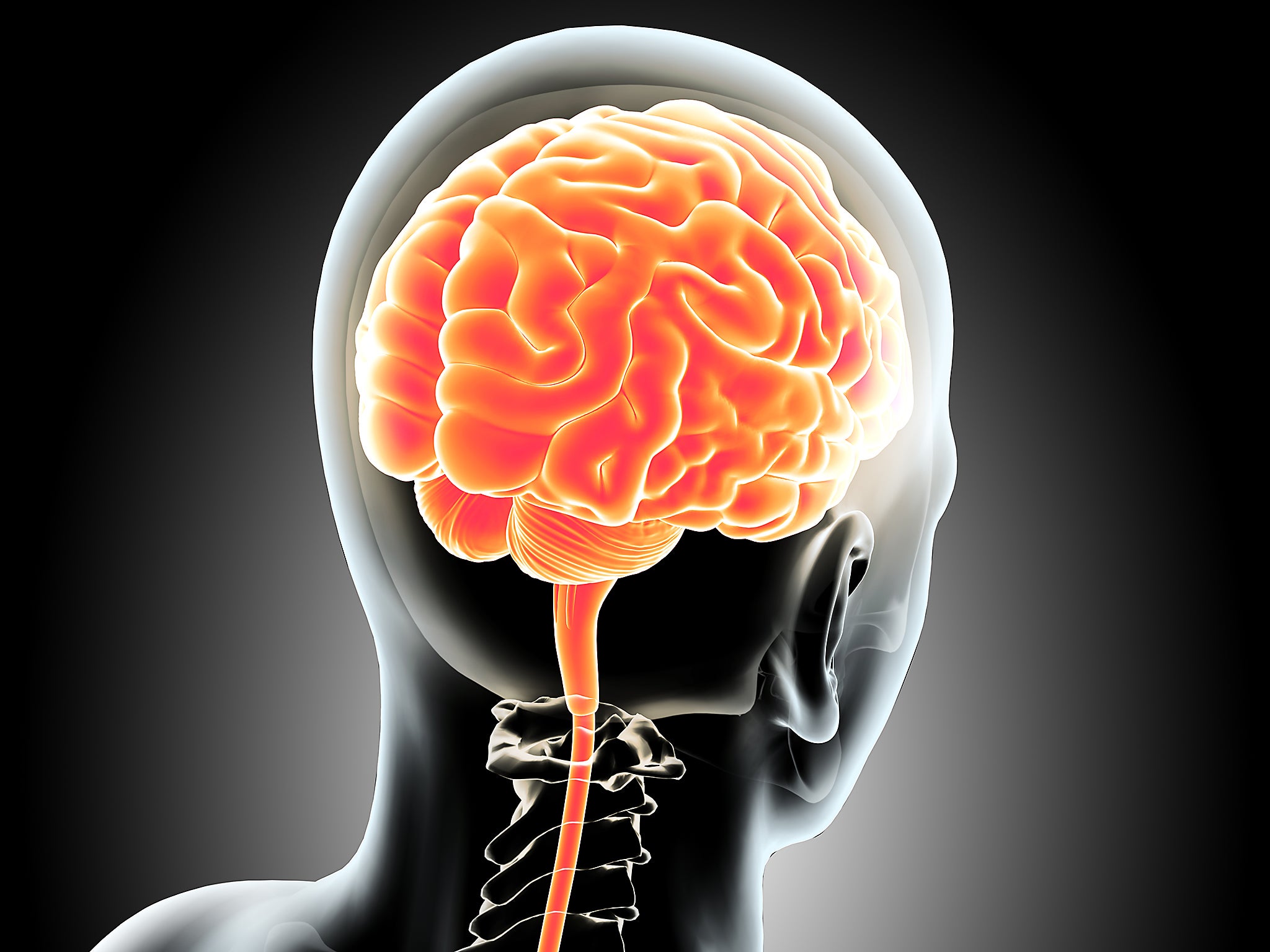Binge eating and bulimia can be treated by electrically stimulating parts of brain, study finds
Up to two per cent of women experience bulimia at some stage in their life

Your support helps us to tell the story
From reproductive rights to climate change to Big Tech, The Independent is on the ground when the story is developing. Whether it's investigating the financials of Elon Musk's pro-Trump PAC or producing our latest documentary, 'The A Word', which shines a light on the American women fighting for reproductive rights, we know how important it is to parse out the facts from the messaging.
At such a critical moment in US history, we need reporters on the ground. Your donation allows us to keep sending journalists to speak to both sides of the story.
The Independent is trusted by Americans across the entire political spectrum. And unlike many other quality news outlets, we choose not to lock Americans out of our reporting and analysis with paywalls. We believe quality journalism should be available to everyone, paid for by those who can afford it.
Your support makes all the difference.Binge-eating can be treated by electrically stimulating specific parts of the brain, research has shown.
The non-invasive technique can reduce key symptoms of the eating disorder bulimia nervosa, including the urge to binge-eat and restrict food intake, say scientists.
Bulimia is characterised by a vicious cycle of repeated obsessive eating and vomiting, extreme dieting, or the misuse of medicines.
For the study, 39 sufferers of the disorder underwent a procedure called transcranial direct current stimulation (tDCS) which uses electrodes placed on the head to stimulate targeted brain regions.
The results were compared with those from a placebo "dummy" treatment.
Bulimia symptoms were significantly reduced by the "real" tDCS therapy, which lowered scores on a scale measuring the urge to binge-eat by 31%.
Lead researcher Dr Maria Kekic, from the Institute of Psychiatry, Psychology & Neuroscience (IoPPN) at King's College, London, said: "Our study suggests that a non-invasive brain stimulation technique suppresses the urge to binge eat and reduces the severity of other common symptoms in people with bulimia nervosa, at least temporarily.
"We think it does this by improving cognitive control over compulsive features of the disorder.
"Although these are modest, early findings, there is a clear improvement in symptoms and decision-making abilities following just one session of tDCS.
"With a larger sample and multiple sessions of treatment over a longer period of time, it is likely that the effects would be even stronger. This is something we're now looking to explore in future studies."
The findings are published in the online journal Public Library of Science ONE.
Bulimia typically emerges in adolescence and is much more likely to develop in women. It is thought that up to 2 per cent of women experience the disorder at some stage in their life.
The condition is associated with multiple medical complications and up to 4 per cent of sufferers die prematurely.
Whilst existing treatments such as cognitive behavioural therapy (CBT) are effective for many people with bulimia, they do not help a substantial proportion.
Press Association
Join our commenting forum
Join thought-provoking conversations, follow other Independent readers and see their replies
Comments